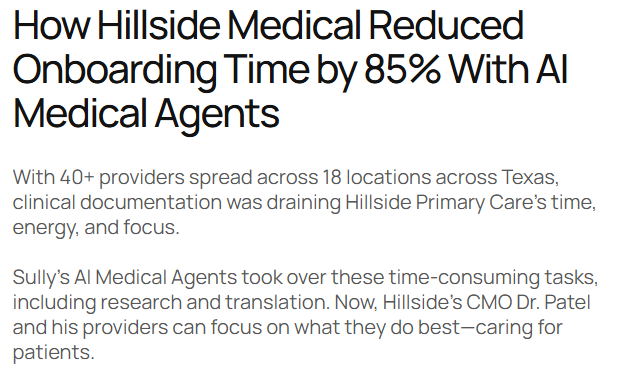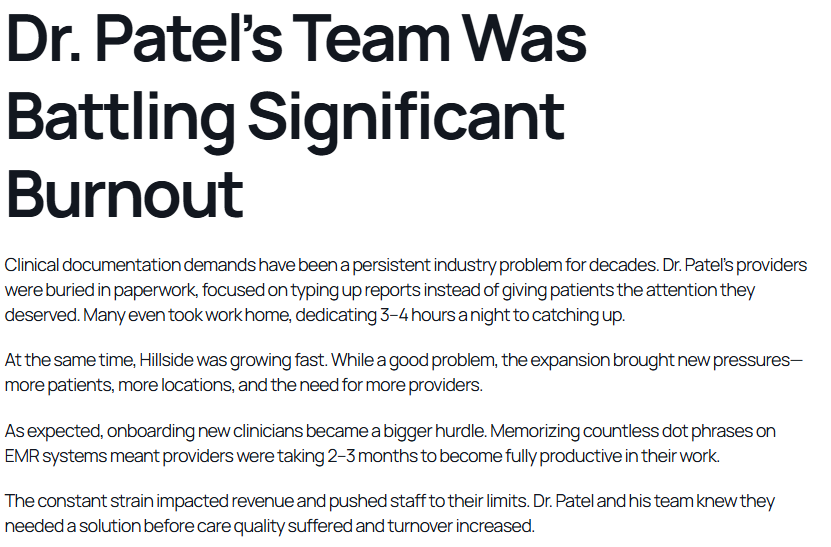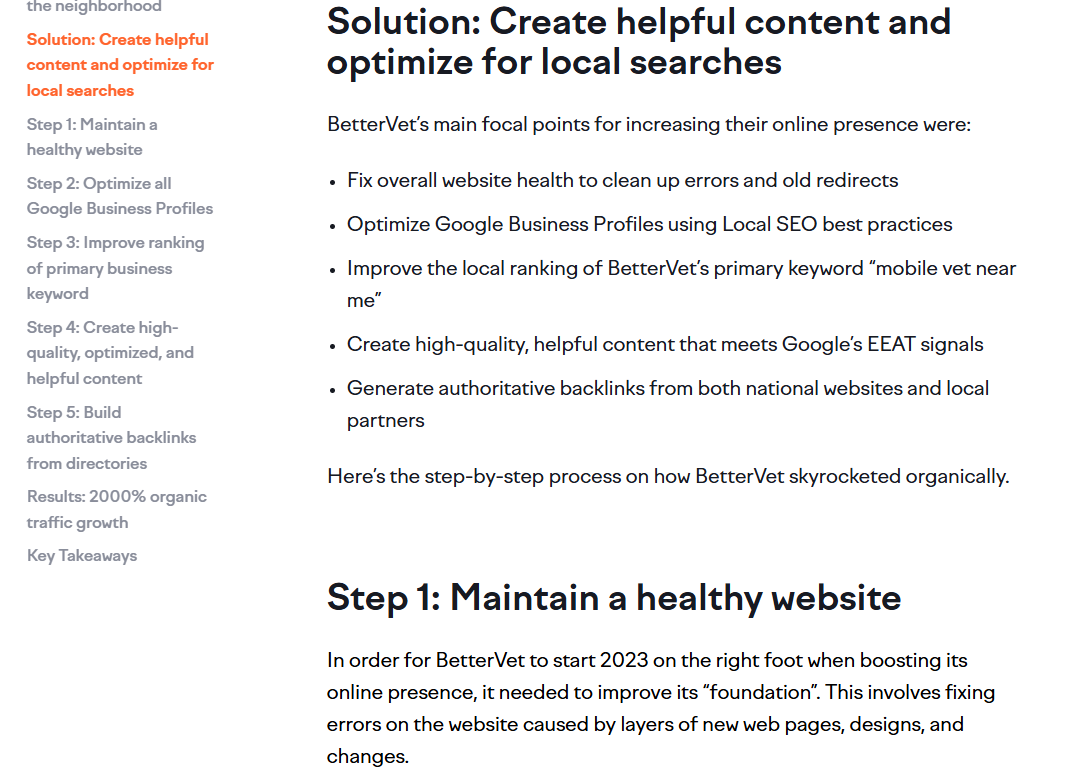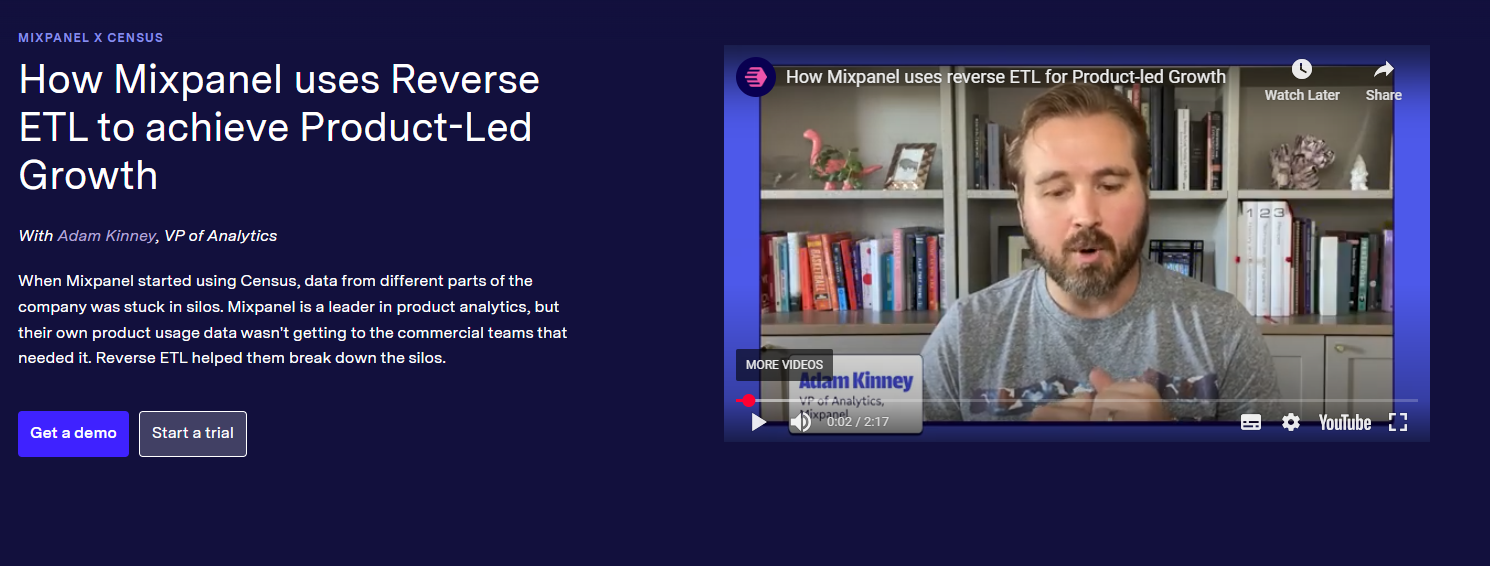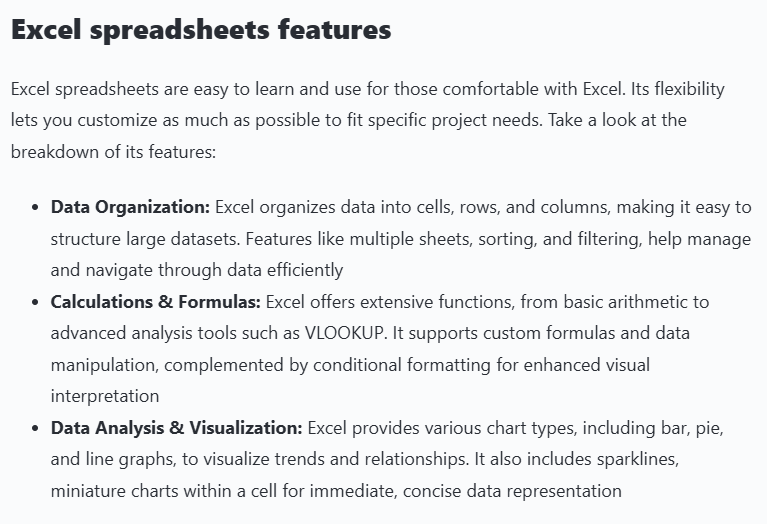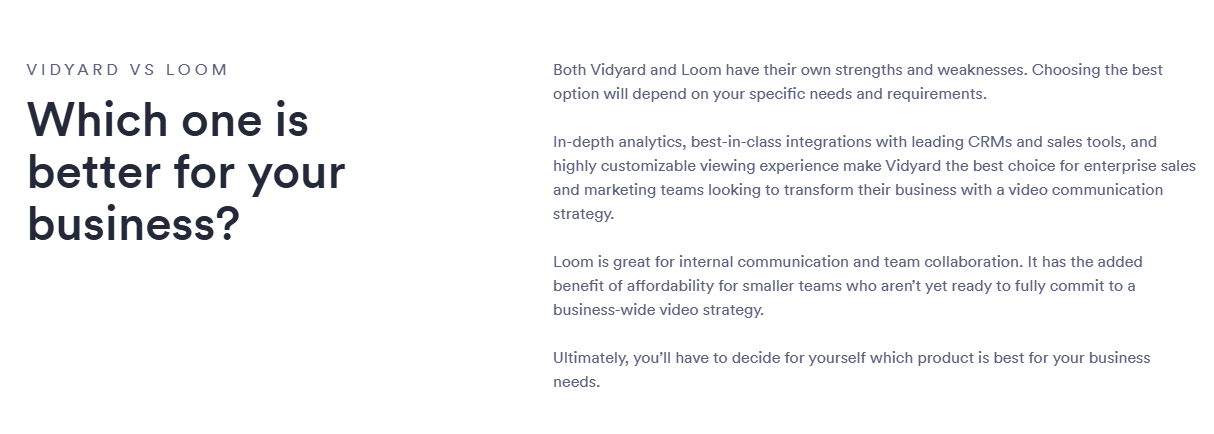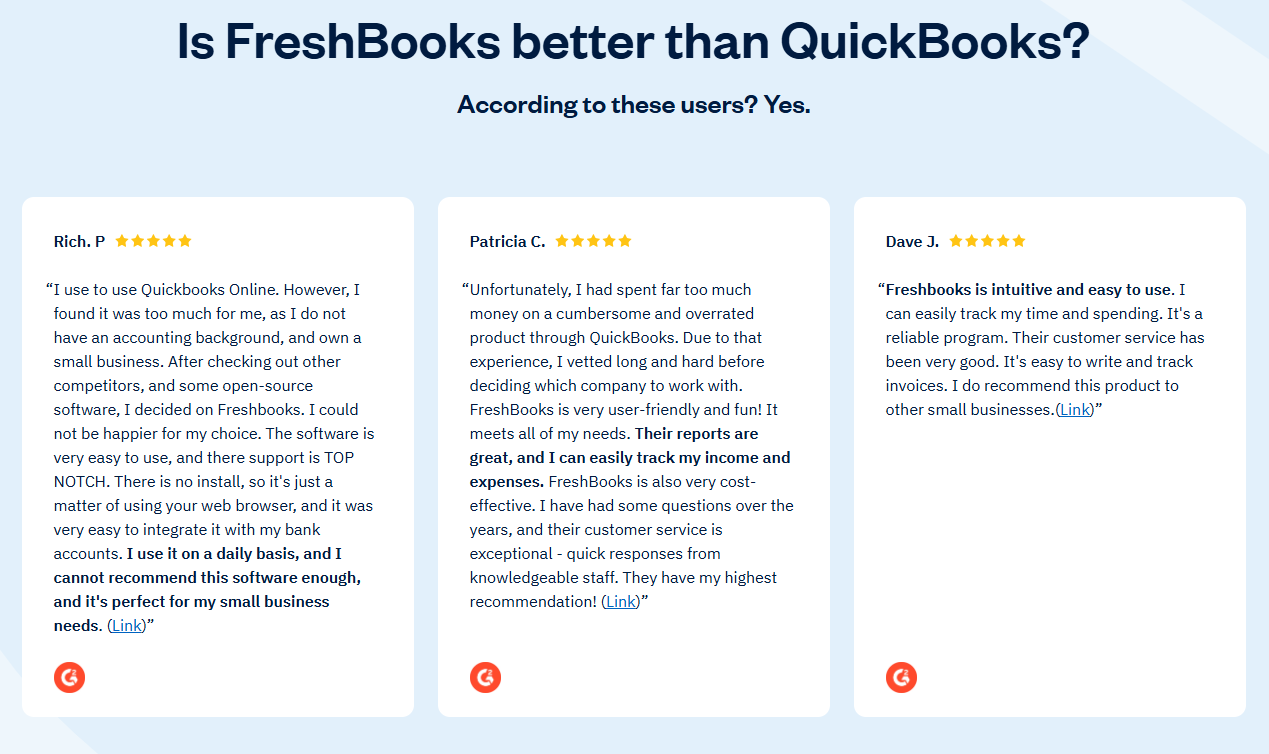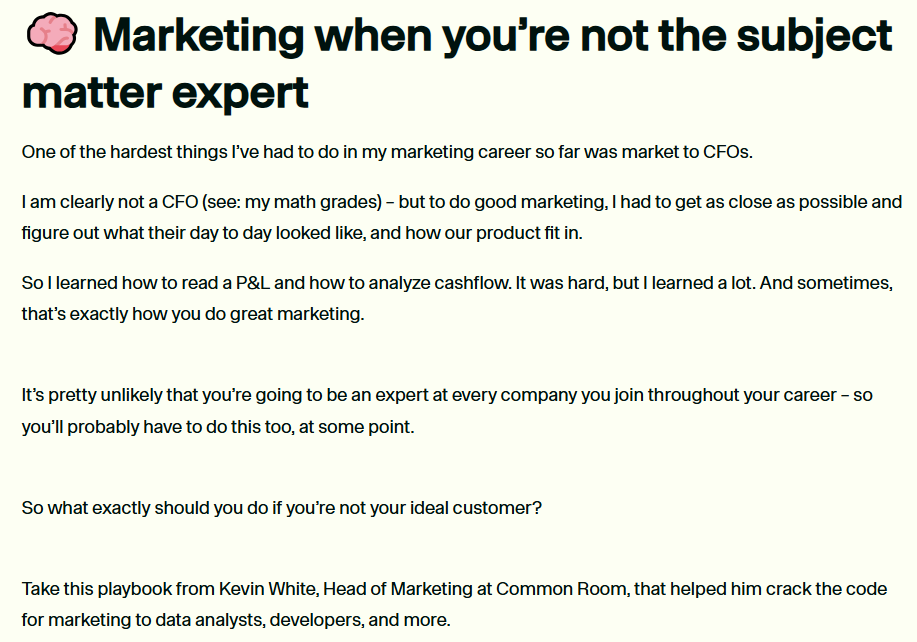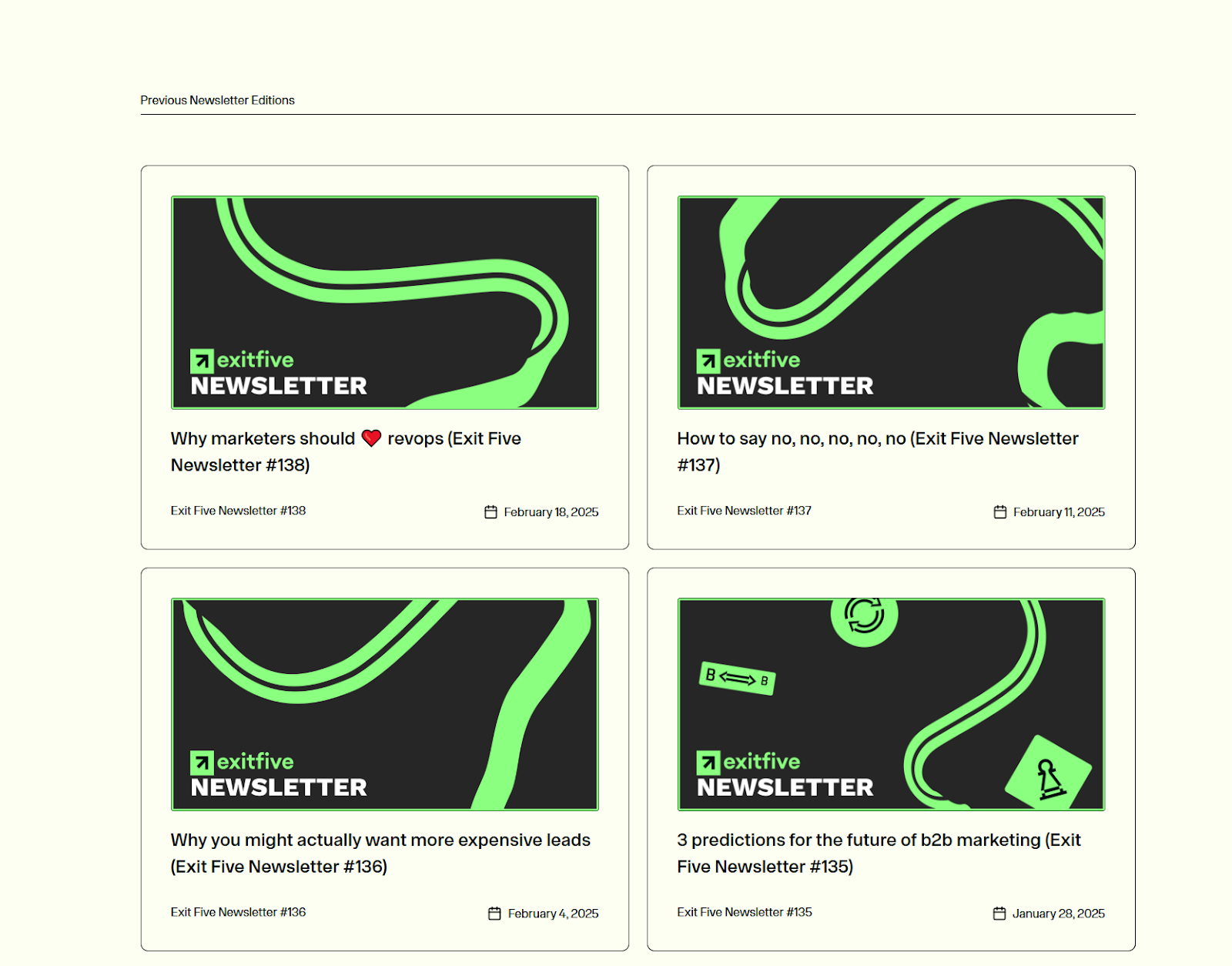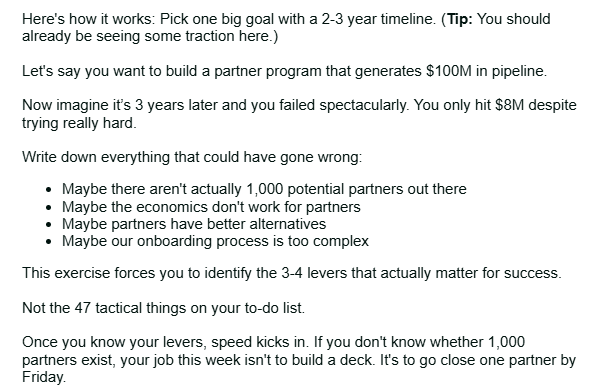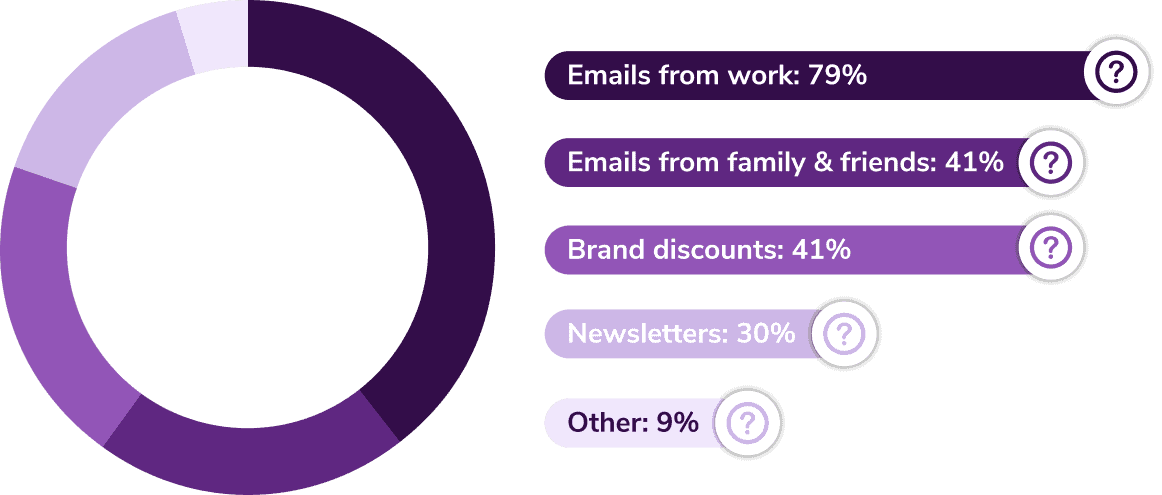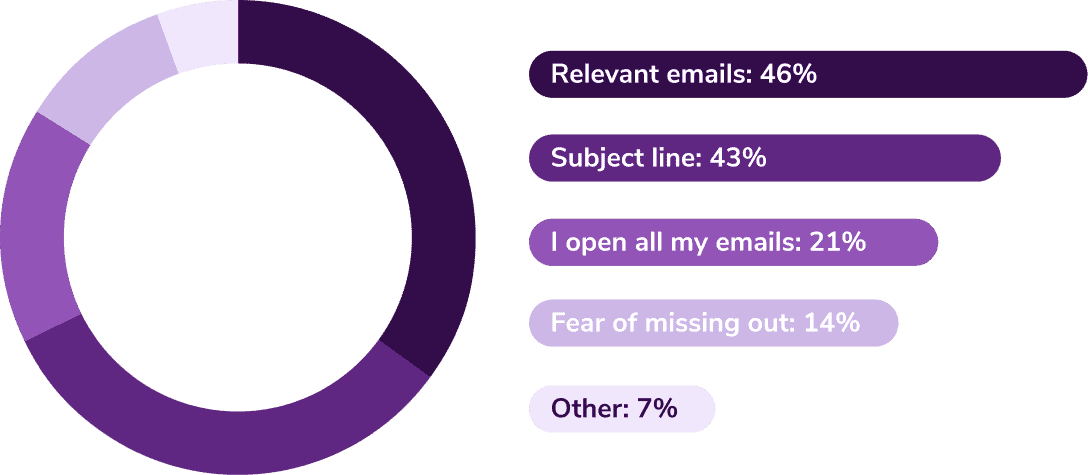So much content created for buying committees completely misses the mark.
It’s overloaded with fluff—a symptom of marketers putting word counts and search rankings before readers and outcomes.
Instead of being genuinely useful or persuasive, content is flooded with generic and unsubstantiated claims. While intended to build trust, strategic content dwells in the theoretical with little or no original value.
It’s why the C-suite have become skeptical and distrusting of most B2B content. Much of it lacks the insight and credibility to warrant their attention.
To them, you’re just another marketer promoting messages they’ve seen a hundred times.
So, how do you cut through the noise to inspire action from your ideal customers?
SCQA: the framework that helps you break through the noise
You need to connect with senior audiences rapidly, paint a picture of the promised land, and guide them there with minimal friction.
Enter SCQA.
SCQA is a simple messaging framework for creating content that stands out, speaks directly to senior executives’ needs and interests, and gets them excited about your solution.
Its four elements create a logical story flow to keep readers engaged to the last word:
- Situation. Your audience’s present reality. Something happening in the world that impacts their objectives, whether they realize it or not. It could be a long-term problem or a recent change in circumstances, but it’s top-of-mind and affects your buyer’s priorities.
- Complication. Why your audience should care about the situation, if they don’t already. What is it about that present reality that’s stopping them from achieving their goals? What should they fear and why do they need a solution? Cold, hard facts help your arguments hit home. Owned or third-party data adds credibility.
- Question. A direct question or statement that bridges the gloomy complication to the bright, sunny promised land of your solution. It’s a change of direction that excites the reader. It gets them thinking, “I need to keep reading.”
- Answer. The core of your message. Your answer acts as the solution that addresses the question. In content marketing, it’s sharing a new strategic way of thinking that will lead readers to make a decision—perhaps even to move forward in their buying journey.
SCQA’s origins are in business consulting. Barbara Minto, then at McKinsey, popularized the framework in her book The Pyramid Principle as a way to ensure consultancy reports resonate with their audiences—the same senior executives you need to reach.
By meeting readers where they currently are and addressing specific pain points, you produce content that truly connects with their priorities.
And we know SCQA works because it helped Grizzle secure its first clients.
We used it to structure a one-page website selling guest blogging services back in 2016, promoted it via an outreach campaign, and converted 4% of prospects into sales deals within two months.
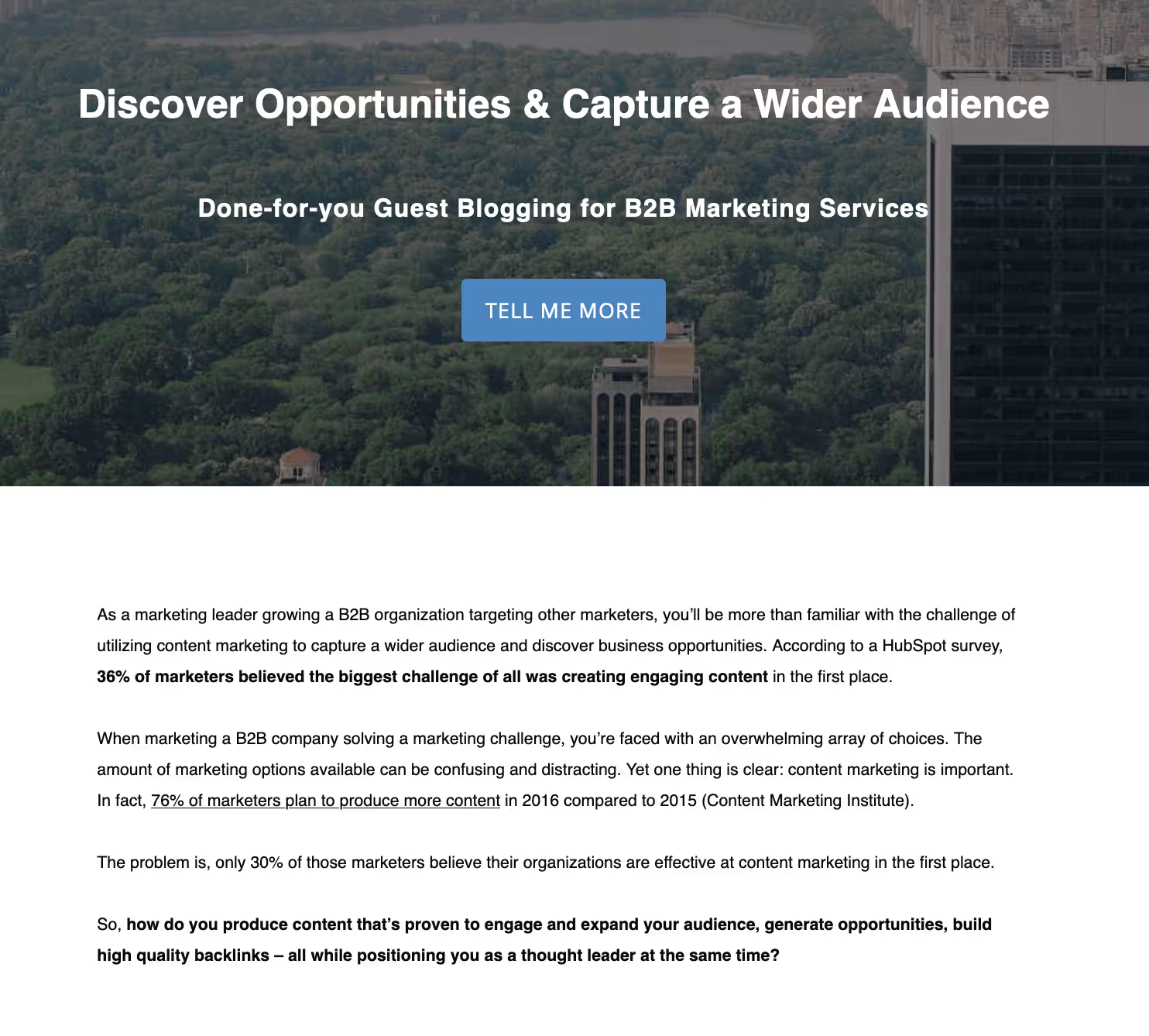
Admittedly, this landing page broke every copywriting rule in the book. But that didn’t matter. The framework did the heavy lifting, communicating everything our audience needed to know in a logical and captivating way.
The point? However you’re trying to reach the C-suite—be it through landing pages, blog articles, or email outreach—SCQA is effective.
Here’s what each step involves:
Further reading: Learn how we helped this c-suite marketing company get featured in leading publications and generate six figure sales opportunities using SCQA and digital PR.
1. Situation: Meet your reader on their playing field
Set the stage by showing you understand your audience’s current reality.
Lead with a statement your reader agrees with to demonstrate that you understand them. Gain trust by immediately positioning yourself as a peer.
Just make sure what you say is specific. Avoid basic platitudes and overtly obvious facts that any marketer could come up with—otherwise, you’ll just blend in.

A Forrester survey found industry peers to be B2B buyers’ most trusted source of information. Salespeople were the least trusted group. Another solid argument against beginning relationships with self-promotion.
We're not always able to position ourselves as peers. For many marketers and brands, it's tough to escape the perception of "vendor." But laying common ground early in your messaging makes you relatable and trustworthy.
For example, our content production landing page leads with this situation:
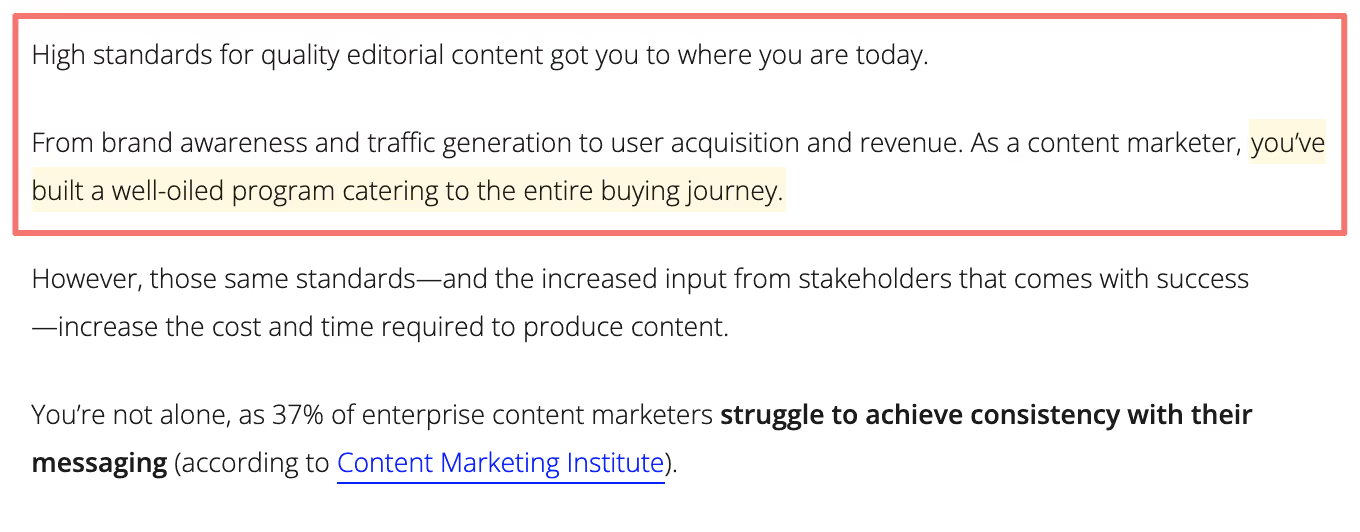
It’s simple but the message is clear: “We understand you, your industry, and the problems you face.”
The narrower your audience, the more precise your situation can be.
Reactive content can be great for this—prodding a new issue that’s affecting your ICP right now.
Like this Optimizely landing page that targets users of Google Optimize (the sunsetted A/B testing tool) who’ve been left without their go-to platform:
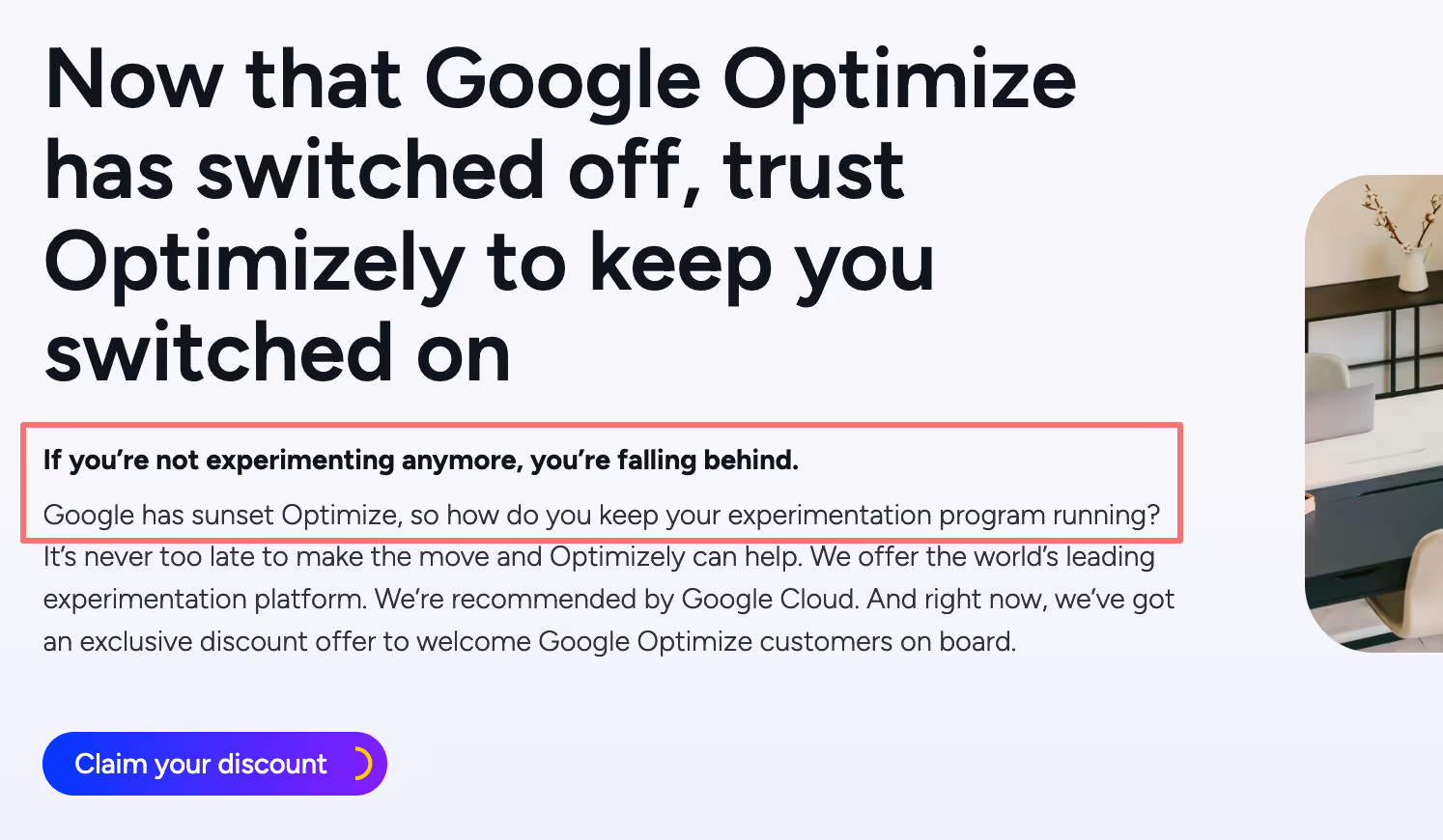
Optimizely knows its audience relies on experimentation programs and worries about falling behind. By highlighting that situation before presenting the solution, it got the reader nodding along. It established common ground, making them more open to hearing what it had to say next.
Other times, you can fall on your readers’ side of a polarizing argument to build a connection. Like we did in this blog post on backlink acquisition:
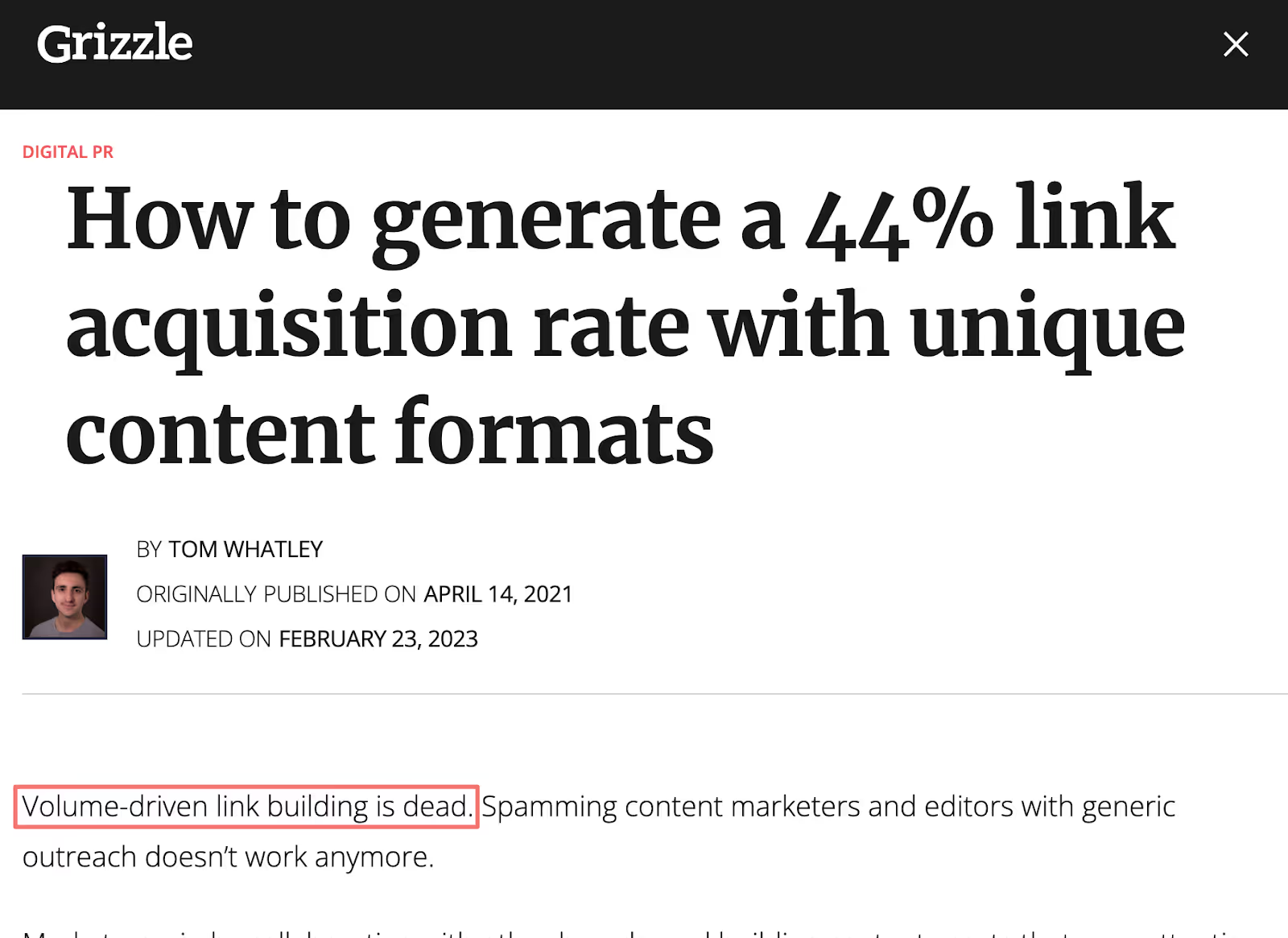
Even today, the number of spam link outreach emails we receive suggests that not everyone agrees with this statement. But we know our target audience does. As long as those people are on our side and interested in reading the rest of this article, that’s all that matters.
2. Complication: Introduce an unknown pain point
Now explain how the situation stops your reader from reaching their goals.
They might have an idea already. Even if so, spark that “oh shit” moment by presenting the consequences. Make them need a new way of thinking or working. Build a barrier.
For example, when Google changes its ranking algorithm (a seemingly regular “situation” in marketing right now), most marketers know they must adapt to protect search performance.
We won’t spark any emotion or urgency by dwelling on what the reader already knows.
So instead, what are the ramifications of not acting?
The complication isn’t just that search performance drops. It’s that marketers lose website traffic. Which affects revenue, lead generation, and even brand awareness.
Revenue is what marketers are measured against by their bosses. Tying their situation to that ultimate consequence makes them realize they need a solution, fast.
Here’s the complication we presented in our link acquisition article:
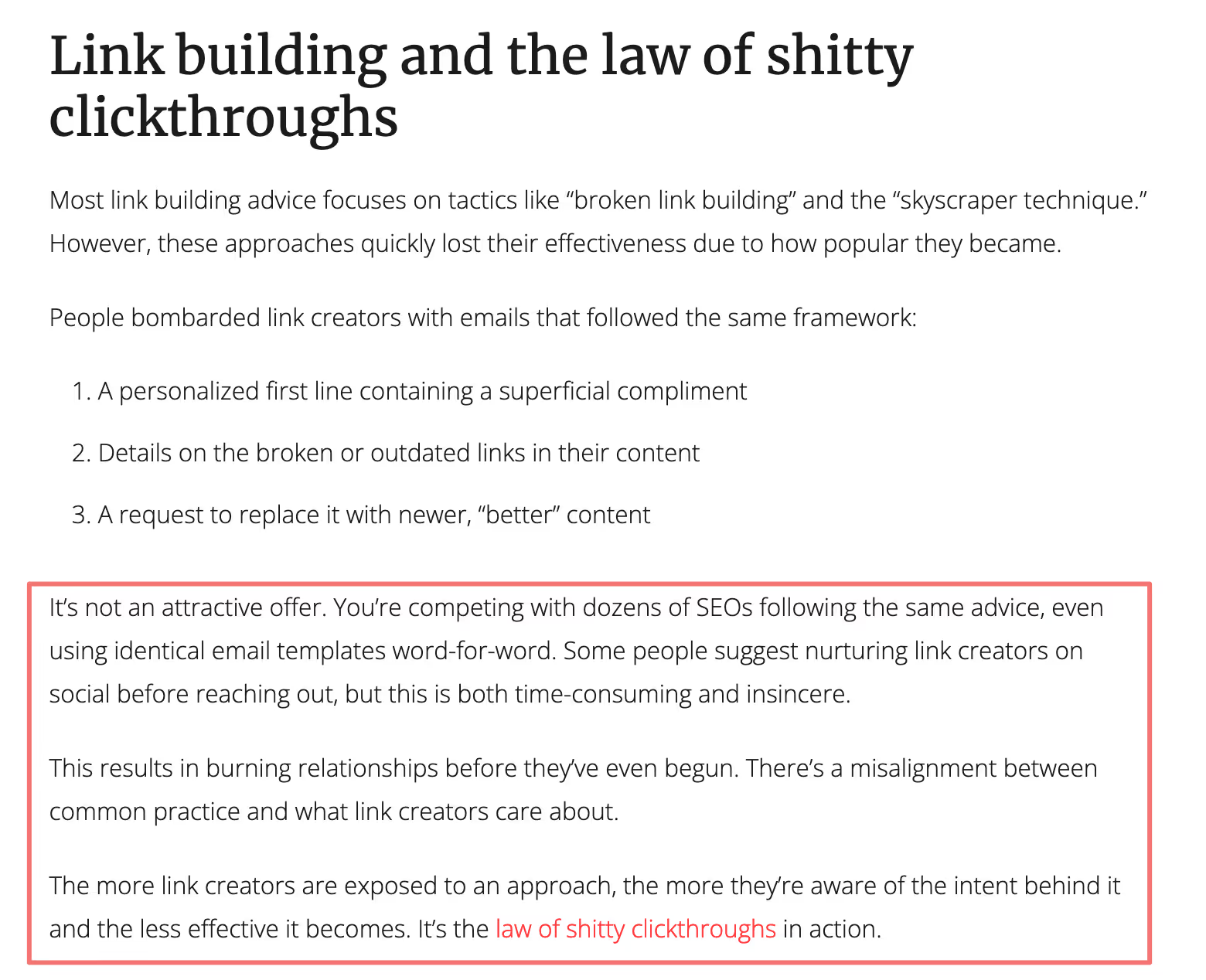
We show marketers how their situation—the waning effectiveness of spammy link building—is damaging: following outdated advice on the topic is “time-consuming” and results in damaged relationships.
This is why our readers should care, and why they need a new approach. Our approach.
3. Question: Spark intrigue and build a bridge
Enough woe. It’s time to offer your audience a ticket to the promised land.
By planting a desirable outcome in readers’ minds, you’ll keep content flowing smoothly and logically while shifting the tone to one of positivity and results.
You’re setting the stage for your content’s answer: the core value you’re offering.
Here’s the question element from our landing page. In this instance, we use two direct and precise questions to encourage prospects to continue reading:
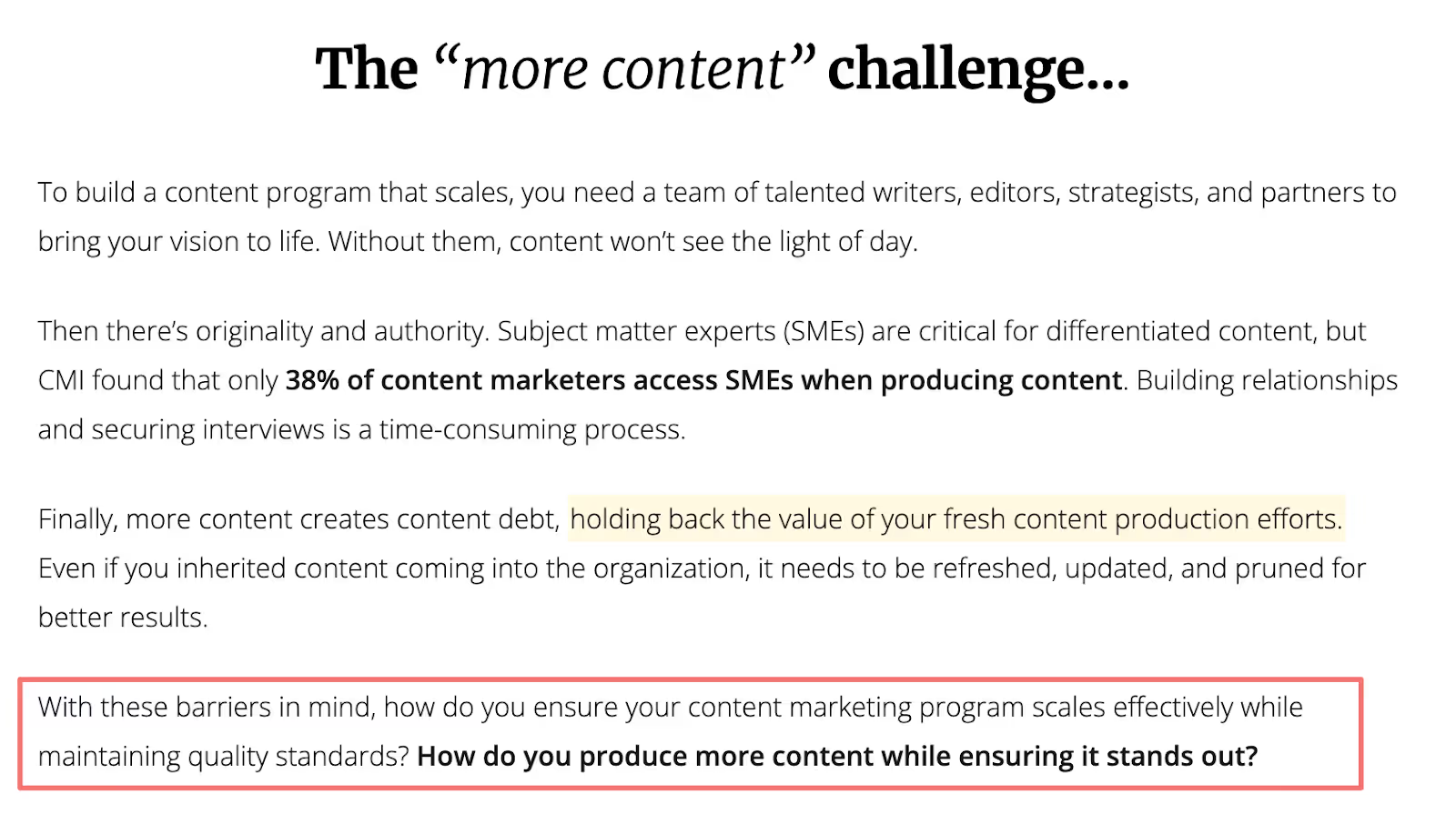
It’s only two lines. But they offer a bridge to the promised land, signaling the value to come. Which in this case is Grizzle’s content production methodology.
This bridge isn’t always a literal question. Statements can be just as effective at re-hooking readers and earning their attention.
As a content and SEO agency supporting SaaS companies, we often serve and educate senior audiences with strategic topics.
It involves highlighting the complication of a situation the reader already knows, then transitioning to a step-by-step workflow or piece of advice (i.e., our answer) by explaining what’s in store.
Like in Pipedrive’s guide to CRM implementation:

The reader knows they need to implement a CRM. That’s why they’re looking for guidance on the topic. The complication is that reckless CRM implementations “complicate existing processes, increase risk and waste resources.”
So, how does Pipedrive carry the reader from that concerned state to a solution without losing the flow?
By previewing the answer with a statement: “In this article, we’ll show you the best way to…”
Now their senior audience knows what to expect. They can decide if the content is worth their limited time. Pipedrive ensures this by providing relevant, actionable advice on CRM implementation.
4. Answer: Pave the way forward
Now you’ve set the stage and made a promise. The rest of your content must provide the solutions or insights that address your complication: the better world you’re promising.
In content marketing, “answer” always means value. And value takes various forms, often depending on the type of content you’re creating.
In a promotional landing page or cold email, your answer is likely the outcome or solution your product or service offers. The next step or action will be to sign up for a trial, demo, or even make a purchase.
Our content production methodology, for example, is the first part of our answer to the questions we asked earlier: “how do you ensure your content marketing program scales effectively while maintaining quality standards? How do you produce more content while ensuring it stands out?”

Then we help the reader move closer to a buying decision with a simple call-to-action:

In Pipedrive’s CRM implementation article, the content is designed to perform well by being immediately useful to decision-makers. Namely CIOs, and marketing and sales leaders.
Instead of a product or methodology, the article answers the question with straightforward, prescriptive guidance that helps the reader optimize their CRM and achieve their objectives.
Once again, the answer = value to the reader.
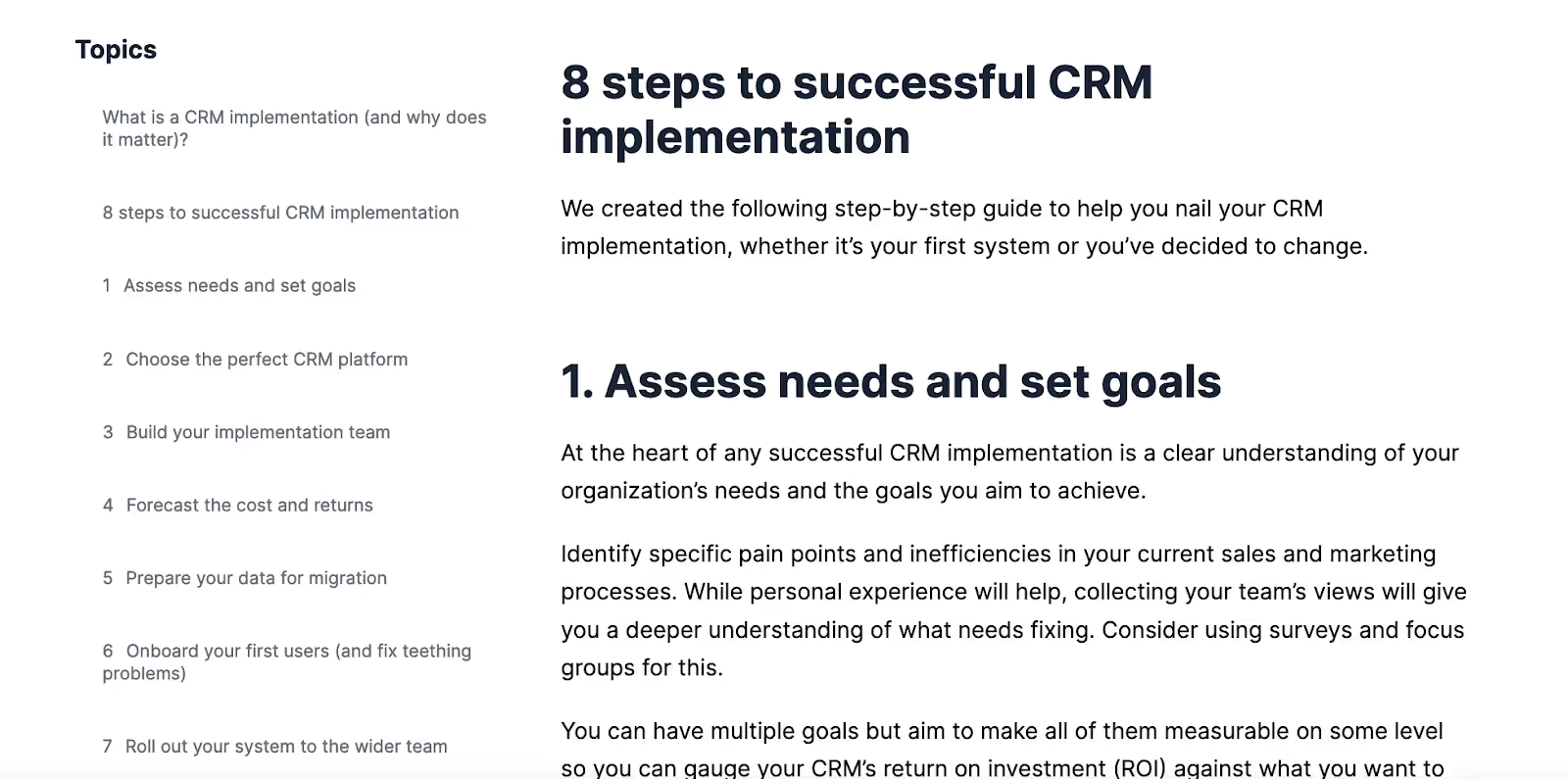
There’s growing demand among senior decision-makers for non-promotional information. In a 2023 Demand Gen Report survey, 71% of B2B buyers said they use content to guide their purchase decisions but 51% said the assets they found were too “sales-driven.”
Meanwhile, blog posts, webinars, and long-form content were the top three preferred content formats among respondents.
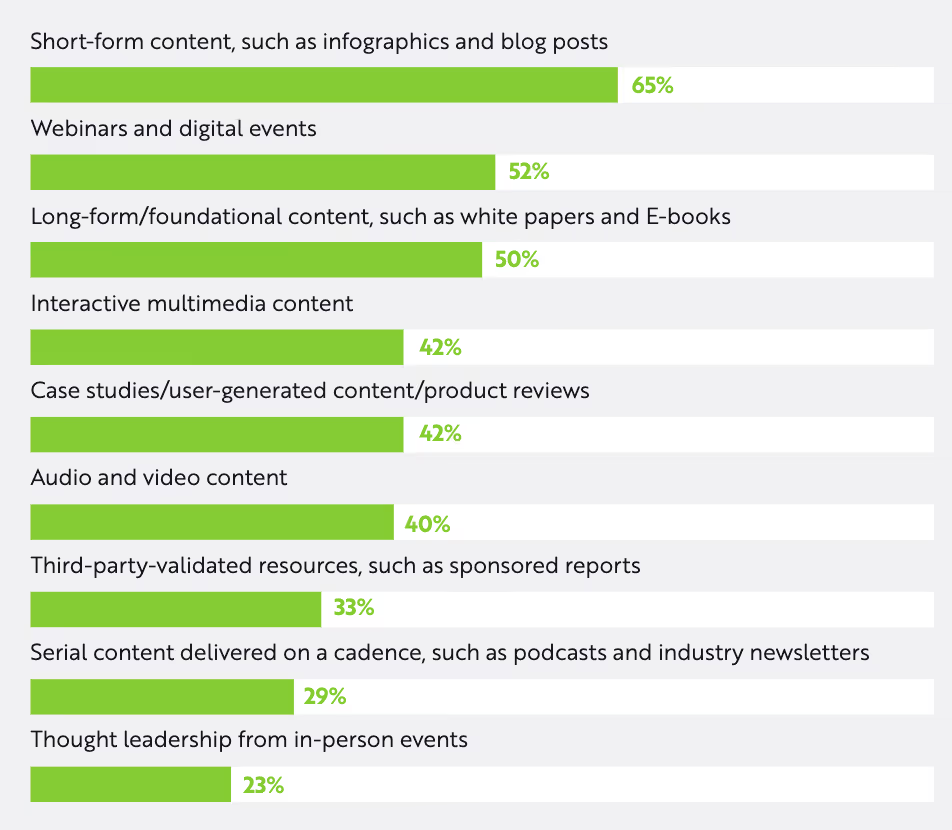
Even then, not all respondents consider “helpful” is genuinely valuable to its target audience.
To stand out, you need to cut through heaps of useless, repetitive content that decision-makers are actively avoiding. That means bolstering your “SCQA” answers with value they can’t get elsewhere.
The best ways to do this?
- Demonstrating the first-hand experience C-suite executives crave when they seek advice
- Backing up opinions with reliable first- and third-party data
- Weaving expert views and experiences into your content
Think success stories with tangible results and unique insights drawn from industry research. Or in our case, anecdotes about launching guest blogging services with single-page websites in 2016.
[[component]]
Guide senior execs to the promised land
We intentionally used the SCQA framework when writing this article. The fact you’re still reading (or skimmed this far down) is a testament to its power.
Here’s what SCQA looks like when applied to this article:
- The situation is that B2B marketers must engage senior decision-makers to influence buying decisions.
- The complication is that most content looks the same and offers little value, so your target audience won’t pay attention.
- The question is “How do you cut through the noise to inspire action from your ideal customers?”
- The answer is SCQA.
If senior decision-makers form any part of your target market, think carefully about how you interact with them. Whatever the context.
Structure your messaging in a way that forces executives to care what you have to say. You’ll soon start attracting your ideal customers, gaining their trust, and closing more deals.
You can learn more about how to craft original, stand-out content in our guide to injecting content marketing with creativity.




